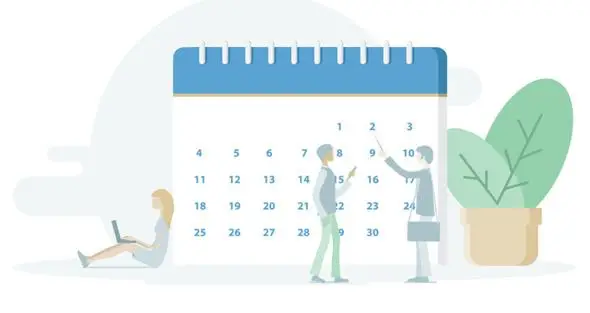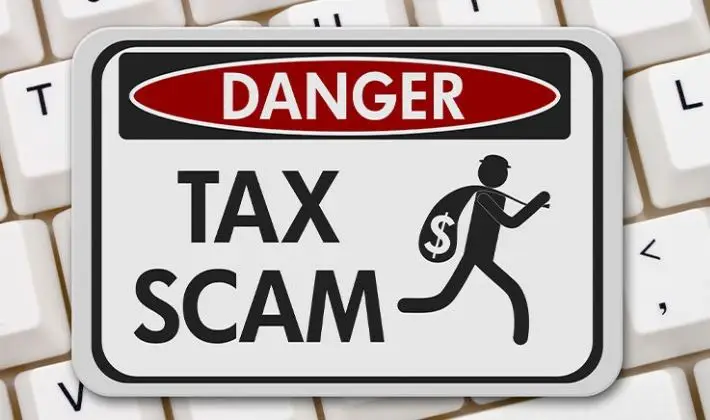21 October
Pay annual PAYG instalment notice (Form N). Lodge only if you vary the instalment amount or use the rate method to calculate the instalment.
Lodge and pay quarter 1, 2024–25 PAYG instalment activity statement for head companies of consolidated groups.
Lodge and pay September 2024 monthly business activity statement.
28 October
Lodge and pay quarter 1, 2024–25 activity statement if electing to receive and lodge by paper and not an active STP reporter. Pay quarter 1, 2024–25 instalment notice (form R, S, or T). Lodge the notice only if you vary the instalment amount.
Make super guarantee contributions for quarter 1, 2024–25 to funds by this date.
Note: Employers who do not pay minimum super contributions for quarter 1 by this date must pay the super guarantee charge and lodge a Superannuation guarantee charge statement by 28 November 2024.
Lodge and pay annual activity statement for TFN withholding for closely held trusts where a trustee withheld amounts from payments to beneficiaries during the 2023–24 income year.
31 October
Lodge tax returns for all entities if one or more prior year returns were outstanding as at 30 June 2024.
Note:
- This means all prior year returns must be lodged, not just the immediate prior year.
- If all outstanding prior year returns have been lodged by 31 October 2024, the lodgement program due dates will apply to the 2024 tax return.
- SMSFs in this category must lodge their complete Self-managed superannuation fund annual return by this date.
Lodge and pay Self-managed superannuation fund annual return for (taxable and non-taxable) new registrant SMSF if we have advised the SMSF that the first-year return has a 31 October 2024 due date.
Lodge tax return for all entities prosecuted for non-lodgement of prior year returns and advised of a lodgement due date of 31 October 2024:
- Some prosecuted clients may have a different lodgement due date – refer to the letter you received for the applicable due date.
- Payment (if required) for individuals and trusts in this category is due as advised in their notice of assessment.
- Payment (if required) for companies and super funds in this category is due on 1 December 2024.
- SMSFs in this category must lodge their complete Self-managed superannuation fund annual return by this date.
Lodge PAYG withholding annual report no ABN withholding (NAT 3448).
Lodge not-for-profit (NFP) self-review return for non-charitable NFP entities with an active Australian business number (ABN) that self-assess as income tax exempt.






